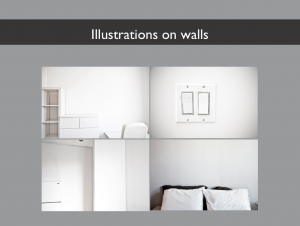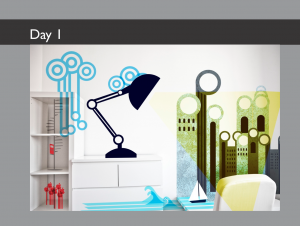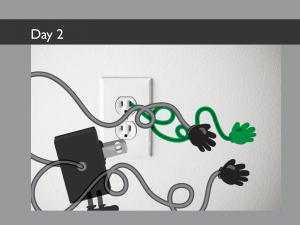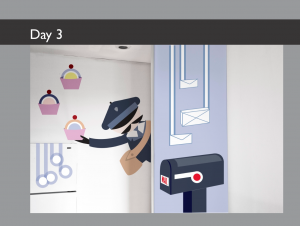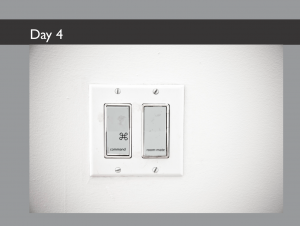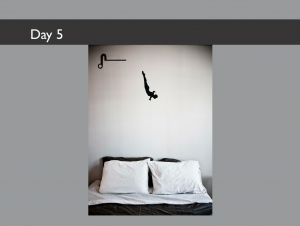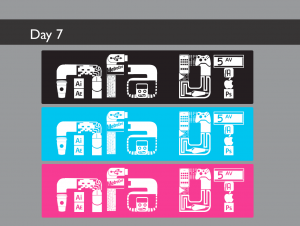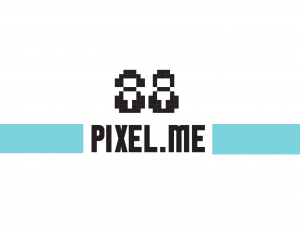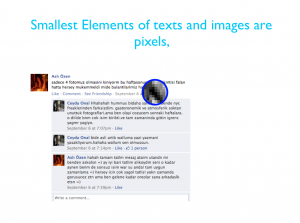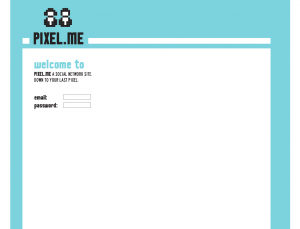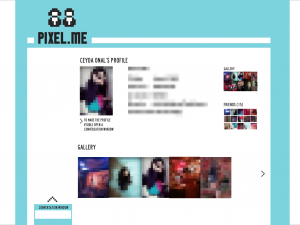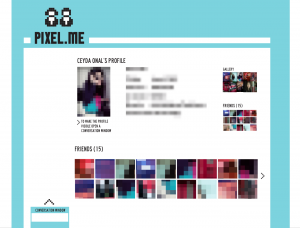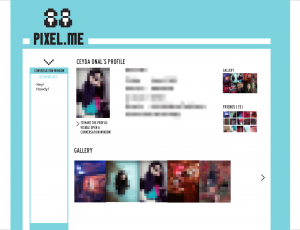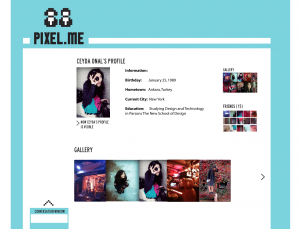The Social Life of Urban Spaces – William Whyte
Whyte is a master observer of spaces. He had very specific, in-depth observations, but I wonder if some of his observations are dated since more and more people tend to stick to their gadgets rather than choosing to partake in enjoying the open spaces that surround them. It should be noted that this book was written in 1980, and a lot has changed socially since then.
However, some observations still seem true today. For instance, Whyte noted that other people attract other people. I’ve definitely noticed this when it comes to restaurants or food trucks. If you see a restaurant of a food truck with people flooding out of their doors, people have a natural tendency to look inside the restaurant, or peek at the menu, to see why there are so many people there. It piques the passerby’s curiosity.
As Whyte cited his observations, it made me wonder what spaces my coworkers and I used to gravitate towards. I think as a group, we would gravitate towards spaces with people not necessarily because people were there, but because the presence of people indicated that it was okay for us to sit there; that we weren’t trespassing. Whereas in empty places we weren’t sure if it was okay for us to sit there. Another important factor was convenience. We looked for places to sit near wherever we bought our lunches.The open spaces usually had more people if there were a lot of restaurants nearby. You don’t want to buy lunch and walk 10 blocks to another location to enjoy your lunch.
Whyte’s observation about benches not being good places to sit also rang true. A bench can usually seat up to 4 or 5 people. If there is a single person, or a couple sharing a bench, usually strangers will not go and occupy the remaining seats on the bench. In turn, a lot of space is wasted with benches.
But Chapter 11: Triangulation is probably the most important chapter in regards to our public spaces project. Whyte says to make places friendlier. That’s probably a good idea. In San Francisco, there was a guy called The World Famous Bushman. He would hide behind his bush and scare innocent pedestrians as they were walking by. He would always get me to the point where I’d be afraid and paranoid about walking around Fisherman’s Wharf, which is where he would usually attack. So I think for this project, perhaps it’s a good idea not to scare people away.
Cultural Probes – Bill Gaver, Tony Dunne, & Elena Pacenti
“Cultural Probes” was another article about very in-depth and thorough research and observation, except the methodology of research was very innovative and personal. I suppose it would be considered more “active” research. It seems as if it would be a successful way to gather information. While reading “The Social Life of Urban Spaces,” I did think to myself, why doesn’t Whyte just ask these people why they chose that specific space over other spaces. Researching in the way described in “Cultural Probes” does allow one to capture a more intimate side of an individual. It would be interesting for our public spaces project to involve ourselves in both this sort of “active” research and more “passive” observation, as described in Whyte’s book.
Experience Prototyping – Marion Buchenau and Jane Fulton Suri
What I hear, I forget. What I see, I remember. What I do, I understand. – Lao Tse
That quote from the essay rang completely true, in my own personal experience. “Experience Prototyping” explored another form of “active” research based on a user experiencing a product or design, rather than just seeing something beautiful. The designers put themselves in situations in which their clients may face, and tried to design based on those experiences, versus passive observation. I find the idea of experience prototyping to be common sense, however, designers need to figure out what sort of experiences are necessary to shape their designs. That, I believe, is the most challenging aspect of experience design.
Cardboard Computers – Pelle Ehn and Morton Kyng
This article explained the difference between mock-ups and prototypes. Basically, mock-ups are a less-finished, more rudimentary version of a prototype, made from cheaper materials. Because of their simplicity, mock-ups are helpful to designers. Users do not confuse mock-ups with the actual product, so users do not nitpick the product design. Instead, they focus on the usability and functionality of the product, which is the information the designers need to gather.

